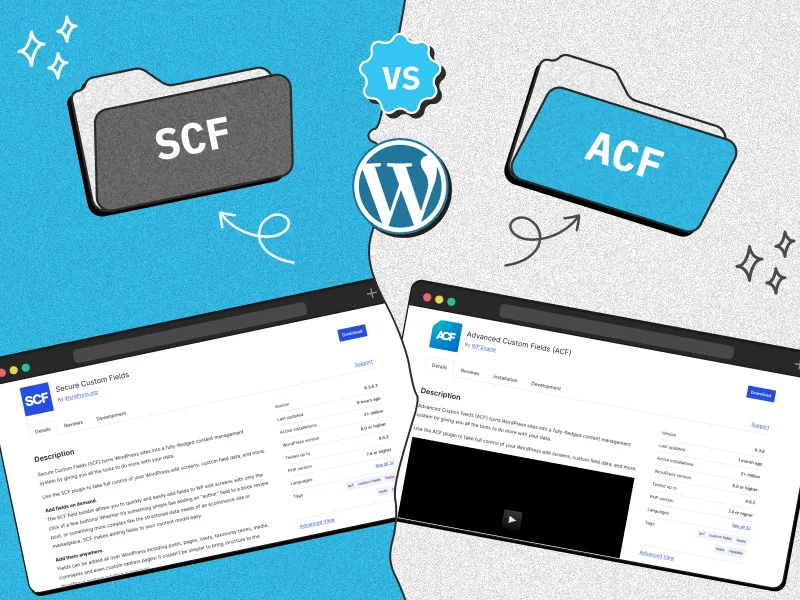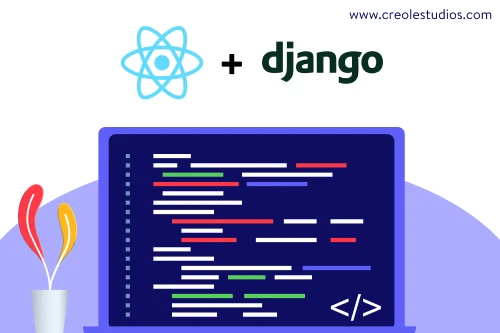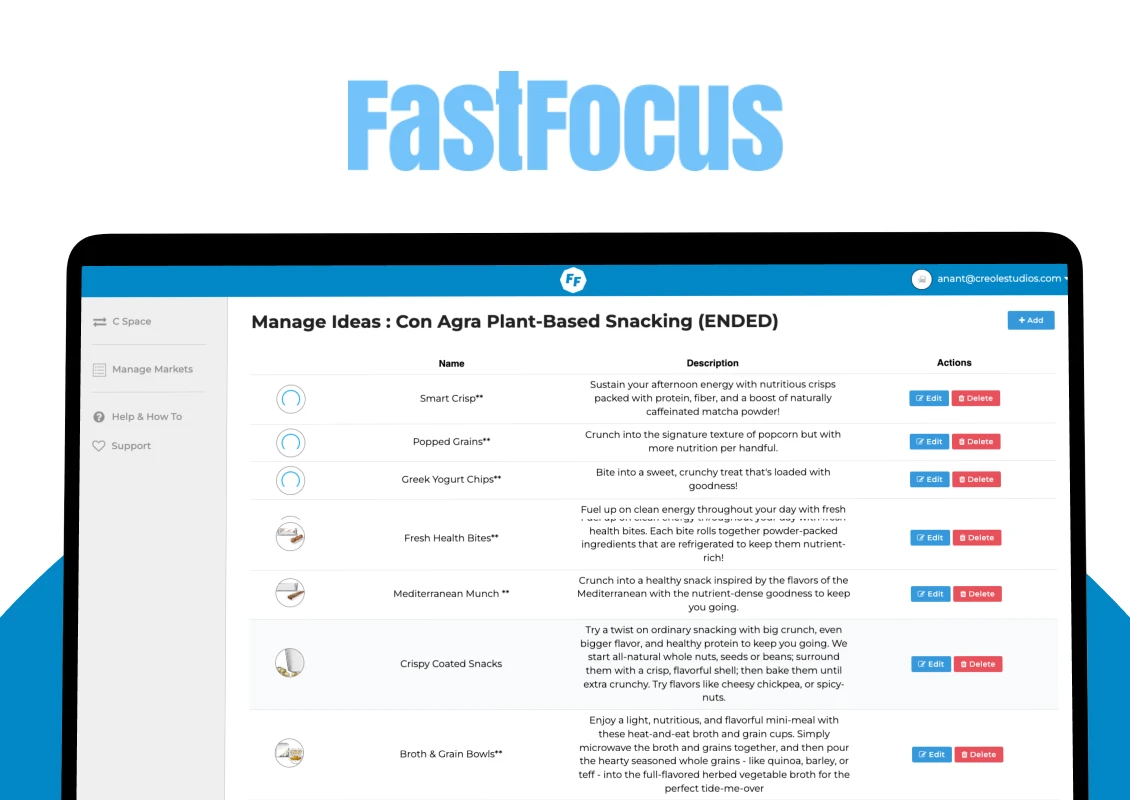Quick Summary
This comprehensive Web Application Development Guide explores the essentials of creating interactive and scalable web applications, from the initial stages of defining the problem to deployment and future trends. Readers gain valuable insights into the different types of web applications—like SPAs, MPAs, PWAs, and dynamic applications—and the benefits of web app development, such as accessibility, cost-effectiveness, and scalability.
Introduction
In today’s digital age, web applications are unmatched in significance. Functioning beyond informational websites, web applications foster real-time interactions, offering dynamic, interactive solutions accessible through web browsers. From serving eCommerce giants to social networks, understanding the entire ecosystem of web applications is crucial. Partnering with a skilled web application development company can be instrumental in navigating this landscape and ensuring the right solutions and strategies for your needs.
What is a Web Application?
Web applications are interactive software programs accessed via web browsers. Unlike mobile applications requiring installation on devices, web applications work from the server, offering seamless experiences such as real-time updates. Examples range from industry giants like LinkedIn and Facebook to specialized applications like eCommerce platforms. The versatility of web applications stands out – offering dynamic, user-centric experiences across industries including healthcare, finance, and education, differentiating them from traditional mobile apps in terms of accessibility and capability.
What is Web Application Development?
Web application development involves the process of conceptualizing, designing, building, and deploying dynamic applications accessible via web browsers over the internet. It encompasses client-side and server-side programming, integrating essential technologies such as HTML, CSS, JavaScript, and backend frameworks like Node.js or Django. Businesses today find immense value in web application development as it empowers operations with real-time interactive solutions, scalability, and robust performance. By understanding web application development, businesses can achieve smoother operations and stronger user engagements.
Types of Web Applications
Single-Page Applications (SPAs)
SPAs, such as Gmail and Google Maps, operate by loading a single HTML page and dynamically updating content as users interact. This approach brings fast loading times, offers a seamless user experience, and enhances responsiveness. Users experience an application-like feel without excessive data load, making SPAs an ideal choice for real-time applications.
Multi-Page Applications (MPAs)
MPAs are traditional websites where multiple pages load completely every time an interaction occurs, commonly found in eCommerce sites. While SEO-friendly, they often present more challenges in navigation complexity. Their modular structure makes them suitable for content-heavy applications, ensuring each page is uniquely targeted for search engines.
Progressive Web Apps (PWAs)
PWAs blend the best of web and mobile experiences by integrating offline capabilities, making them accessible even without an active internet connection. They feature push notifications and fast loading speeds, exemplified by applications such as Twitter Lite and Starbucks. PWAs offer improved user engagement and seamless cross-device operation.
Static Web Applications
Comprised of pre-rendered HTML pages, static web applications suitcases like portfolio sites or blogs that require minimal interactivity. With advantages like speed and security, static web apps provide a stable and reliable web experience.
Dynamic Web Applications
Dynamic web apps, such as social networks or content management systems, employ server-side scripting to update content. Examples include Facebook and WordPress. These applications are highly interactive and cater to large user bases, emphasizing the importance of robust backend integration.
Examples of Web Applications in Various Industries
- eCommerce Platforms:
- Examples include Amazon and eBay where transactions are processed online, offering seamless shopping experiences.
- Social Networking Sites:
- Facebook and LinkedIn are classic examples, connecting millions of users worldwide.
- CRM Systems:
- Tools like Salesforce and HubSpot help businesses manage customer relationships efficiently.
Read more: 10 Revolutionary Self-Hosted Open Source Web Applications
What are the Benefits of Web Application Development?
A skilled web application development company can guide businesses through the benefits of building a web app tailored to their needs, from accessibility to cost-effectiveness. Here are some of the primary advantages:
Accessibility Across Devices and Platforms
Web applications are inherently versatile, offering seamless access across various devices—be it desktops, tablets, or smartphones. This platform-agnostic nature ensures that users can interact with applications anywhere, provided there’s an internet connection. Such broad accessibility is essential in today’s mobile-heavy world, ensuring businesses can reach a wider audience.
Cost-Effectiveness in Development and Maintenance
Developing a web application often proves more cost-effective compared to creating native apps for different platforms. Leveraging a single codebase reduces development time, resources, and, consequently, costs. This efficiency is particularly advantageous for startups and businesses with budget constraints.
Faster Deployment and Updates Compared to Native Apps
Web applications facilitate quicker deployment and enable cumulative updates, as changes are made centrally on the web server. This is in stark contrast to native apps, which require separate updates for each platform. Faster deployment means businesses can roll out improvements and new features rapidly.
Scalability Options for Growing Businesses
Scalability is a defining advantage of web applications. As businesses grow, web apps can be easily scaled to handle increased workloads and user demands, making them a viable solution for small and large enterprises alike.
Challenges in Web Application Development
While web application development services provide significant benefits, there are some challenges to be aware of, including dependency on internet connectivity, device hardware limitations, and cybersecurity concerns. A web application development company can help address these challenges, ensuring a secure and optimized user experience.
Internet Dependency and Offline Functionality
Web applications depend heavily on internet connectivity to function, which can limit accessibility in areas with poor connectivity. While technologies like Progressive Web Apps (PWAs) are addressing offline functionality, it remains an area that developers must carefully consider.
Limitations in Accessing Device Hardware Features
Unlike native mobile apps, web applications have restricted access to device hardware features such as cameras and GPS. This limitation can affect the development of functionalities that rely on these features.
User Retention and Engagement Challenges
Web applications face tough competition for user attention. Ensuring that users not only visit a web app but also return frequently requires innovative design and engagement strategies.
Security Concerns and Data Protection Issues
As web applications handle sensitive data, safeguarding against security breaches is paramount. Developers must implement robust security protocols to protect user data, prevent unauthorized access, and comply with data protection regulations.
The Web Application Development Process
Working with an experienced web app development company helps ensure a smooth process, from defining the problem to final deployment. Here’s a look at the essential steps involved:
Step 1: Define the Problem
Identifying the core problem forms the foundation of any successful web application development venture. Without a clear understanding of the issue at hand, developers risk deviating from user needs and wasting resources on unnecessary features. This is the “why” behind any application—defining the problem ensures that the resulting solution provides genuine value to its intended users.
Step 2: Plan the Workflow
Planning the workflow is the blueprint phase of development, where the application’s journey takes shape. It’s about detailing user interactions, outlining functionality, and architecting the application. By mapping out how users will navigate through the application, developers create a pathway to a seamless user experience. This planning is crucial for structuring the application and ensuring a user-friendly interface.
Step 3: Wireframe and Prototype
Wireframing is akin to drafting a building plan. It kicks off the design phase by providing a visual blueprint of the application’s layout, content, and user interaction. Tools like Figma and Sketch are widely used for creating wireframes and prototypes, allowing developers to visualize the application’s structure and iron out design inconsistencies early in the process.
Step 4: Receive Validation
Feedback is invaluable. Collecting user feedback through surveys and focus groups offers insights into potential problem areas and user experiences. The validation phase is where you gather opinions from potential users to ensure that the application meets expectations and addresses the core problem effectively.
Step 5: Choose Tools and Frameworks
The selection of development frameworks and technologies is critical. Popular frontend frameworks include React, Angular, and Vue.js, each offering unique benefits. For backend technologies, considerations should be made towards Node.js, Ruby on Rails, or Django, depending on the application’s needs. Choosing the right tools sets the stage for efficient, robust development.
Step 6: Build the Application
Building the application is where development gains momentum. Adhering to coding standards, using version control systems like Git, and implementing development best practices are essential to maintaining a structured and scalable code base. Developers should focus on ensuring the application meets functional specifications and delivers a pleasing user experience.
Step 7: Testing and Quality Assurance
Testing is more than a final checkpoint—it’s an ongoing process that ensures the application’s quality and reliability. Web application testing plays a crucial role in verifying the app’s performance, security, and usability before it reaches users. Implementing comprehensive testing techniques, such as unit testing, integration testing, and user acceptance testing, helps address issues that could impact user experience. Automated testing tools like Selenium and Jest streamline this phase by systematically identifying bugs and discrepancies, ensuring the application delivers a seamless, bug-free experience.
Step 8: Deployment and Maintenance
Deployment strategies involve selecting suitable cloud hosting options and implementing CI/CD pipelines for continuous integration and delivery. Maintenance is ongoing; regular updates and user feedback play a role in keeping the application relevant and functional. This stage is vital for long-term success and user satisfaction.
Read more: Web Application Architecture: The Complete Guide 2024
Cost to Build a Web App
Factors Influencing Development Costs
The web application development cost is influenced by several factors such as the complexity of the application, including the number of features and user interface designs, which greatly influences cost. The choice of technology stack also impacts expenses, with some combinations being more cost-efficient. The location and expertise of the development team add another layer to budgeting.
Estimated Costs by Web App Type
Costs vary significantly by type—single-page applications (SPAs), multi-page applications (MPAs), and progressive web applications (PWAs) have different resource requirements. Budgeting appropriately for maintenance and updates is crucial for sustained app performance. A website cost calculator can assist in evaluating the potential cost for different app types, offering a clear view of the expenses based on your specific needs.
Cost-Saving Strategies
Consider adopting cost-saving strategies like leveraging open-source tools and deploying a minimum viable product (MVP) approach. These tactics can considerably reduce initial expenses while allowing for iterative improvements based on user feedback.
Tools and Technologies for Web Application Development
Frontend Technologies
Frontend technologies focus on what users interact with directly. They include HTML for structure, CSS for design, and JavaScript frameworks like React, Angular, or Vue.js for handling interactivity. These technologies ensure a responsive, visually appealing user interface that enhances user experiences.
Backend Technologies
Backend technology is about managing data and server requests behind the scenes. Choosing appropriate databases (like MySQL or MongoDB) and server-side languages (like Node.js or Python) are crucial decisions that determine the application’s data handling efficiency and performance.
Development Tools
Development tools like IDEs and code editors (e.g., Visual Studio Code) streamline the coding process, while collaboration tools (like GitHub) ensure seamless teamwork among developers. These tools are integral to creating and maintaining robust web applications in an organized and efficient manner.
Read more: Benefits of Hiring Phoenix Developers for Your Web App Project
Future Trends in Web Application Development
The web application development services landscape is evolving, with trends like AI integration, serverless architecture, and low-code platforms changing how applications are built. Engaging with a forward-thinking web application development company can ensure your business stays at the forefront of these trends, leveraging advancements to create responsive, scalable, and intelligent applications.
The Rise of Artificial Intelligence and Machine Learning in Web Apps
AI and machine learning are revolutionizing web application development by enabling smarter, more predictive, and personalized user experiences. From chatbots to personalized content delivery, AI capabilities are enhancing user engagement.
Growth of Progressive Web Applications (PWAs)
PWAs combine the best of web and mobile apps, offering offline access, push notifications, and improved load times. They provide a seamless user experience and are cost-effective to develop, making them increasingly popular.
Impact of Serverless Architecture and Cloud Computing
Serverless architecture and cloud computing are transforming how web applications are built, allowing developers to focus more on application functionality rather than server management. This results in faster deployment and scalability.
Increasing Importance of Cybersecurity Measures
In an age where data breaches are frequent, investing in cybersecurity measures is more crucial than ever. Developers are prioritizing secure coding practices, encryption, and compliance with data protection regulations to safeguard applications.
Embracing Low Code: The Future of Web App Development
With the increasing demand for web applications, low code: the future of web app development is becoming an essential trend, enabling rapid development with minimal hand-coding. This approach allows businesses to quickly build and deploy applications, empowering non-technical users to contribute to the development process. Low-code platforms are particularly valuable for companies aiming to speed up development while still maintaining customization and flexibility.
Conclusion
By following this Web Application Development Guide, businesses and developers alike can gain a deeper understanding of the process and essential tools involved. For those looking to streamline this process, collaborating with a reputable web application development company can bring ideas to life efficiently and effectively, turning vision into reality with a solid foundation in best practices and technology.











 30 mins free Consulting
30 mins free Consulting 
 10 min read
10 min read 


 Canada
Canada 
 USA
USA 






 Love we get from the world
Love we get from the world 